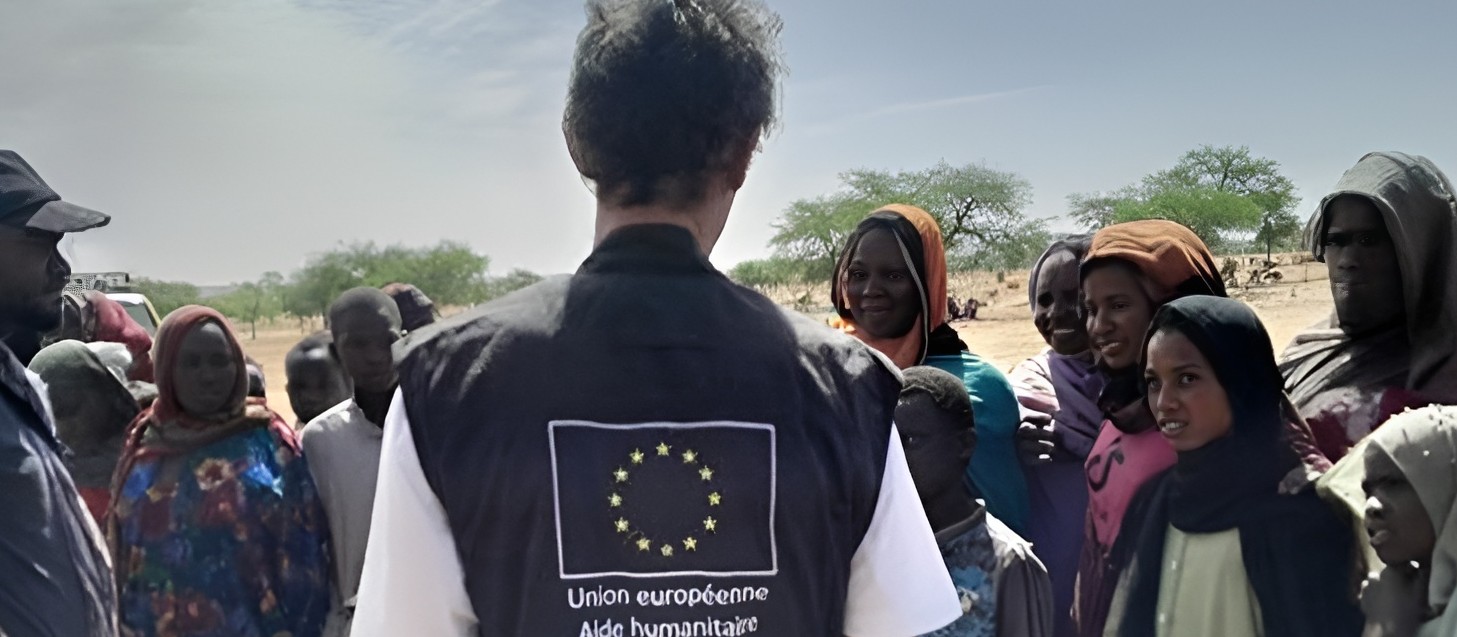Skills gap threatens Kenya Kwanza government’s Bottom-Up plan, study reveals

The paper is thus advocating for a more targeted and aligned approach to skills development in the country for the attainment of the set national priorities that are due in 2027.
Two years into its first term, the Kenya Kwanza government continues to pursue its ambitious Bottom-Up Economic Transformation Agenda (BETA).
However, a recent policy paper by the state-owned Kenya Institute for Public Policy Research and Analysis (KIPPRA) highlights a significant misalignment between the plan and the skills required to achieve its goals.
More To Read
- Speaker Kingi submits list of absentee landlord farms to Ruto for squatter resettlement
- President Ruto leads nation in mourning former Lugari MP Cyrus Jirongo
- Ruto honours Benni McCarthy, Harriet Okach for elevating Kenya’s sports profile
- JKIA–ABC road corridor to get new look as Ruto revives city roadworks
- Ruto honours Kristina Kenyatta, Dorcas Oduor, William Kabogo with EGH awards
- Ruto raises research funding to 2 per cent of GDP in bid to expand digital economy
The paper notes that the current approach to skills development does not adequately align with the national priorities outlined in the plan, a situation that is causing skills shortages in vital sectors such as health, manufacturing and ICT.
"There is also low enrolment in courses related to the BETA pillars, which could hinder the achievement of development goals," the policy paper says in part.
The key priority areas under BETA include Agriculture; Micro, Small and Medium Enterprise (MSME) Economy; Housing and Settlement; Healthcare; Digital Superhighway and Creative Economy; Environment and Climate Change.
Notably, the research and policy body adds that skills development through education and training show disparities in access to education especially in arid and semiarid lands, resulting in inadequate education outcomes, and low transition rates from basic education to tertiary education level.
This is despite the country making significant investments in skills development through education and training, apprenticeship and internship programmes and workplace training approaches.
"The apprenticeship programmes offered in the informal employment sector suffer from structural limitations and inadequate standards, resulting in variations in training."
On the other hand, it says the workplace training approach faces financial constraints borne by organisations in providing staff training.
The paper is thus advocating for a more targeted and aligned approach to skills development in the country for the attainment of the set national priorities that are due in 2027.
Nevertheless, Kippra says a significant disparity exists between qualifications attained and job requirements, highlighting the need for improved alignment between education outcomes and industry needs.
A recent survey by the lobbying firm, World Economic Forum (WEF), echoes the aforementioned concern, highlighting a growing global skills crisis, with nearly half of the workforce in various countries needing upskilling or reskilling to align with current job trends.
The lobby as a result warns that the issue requires urgent attention, emphasising that without significant government intervention, up to 90 percent of the workforce could need new skills by 2030.
A recent survey by the Federation of Kenya Employers (FKE) underscores the severity of this issue in the country, revealing that 20 per cent of enterprises face challenges with hard-to-fill vacancies.
Notably, 50.51 per cent of respondents noted they have had to hire candidates with qualifications lower than desired due to the skills shortage.
It further identifies critical areas of concern, noting that vacancies requiring TVET skills are hardest to fill in fields like architecture, building, and construction (36 per cent); engineering (30 per cent); and transportation, distribution, and logistics (48 per cent).
Conversely, positions demanding first-level university education are most prevalent in information technology (77 per cent) and finance and business management (71 per cent).
The report further reveals that skills deficits are contributing to significant business challenges, including inhibited expansion, revenue loss, and diminished customer or market share.
Top Stories Today












































